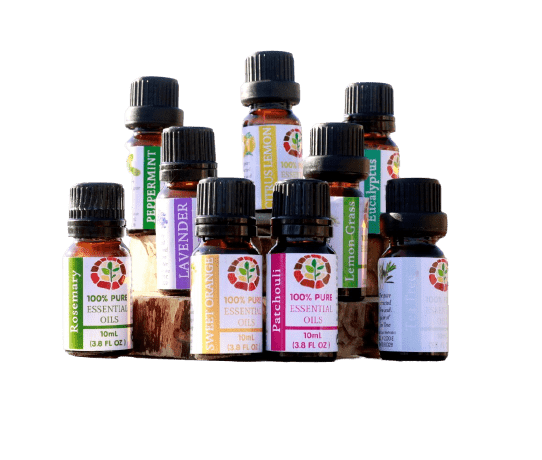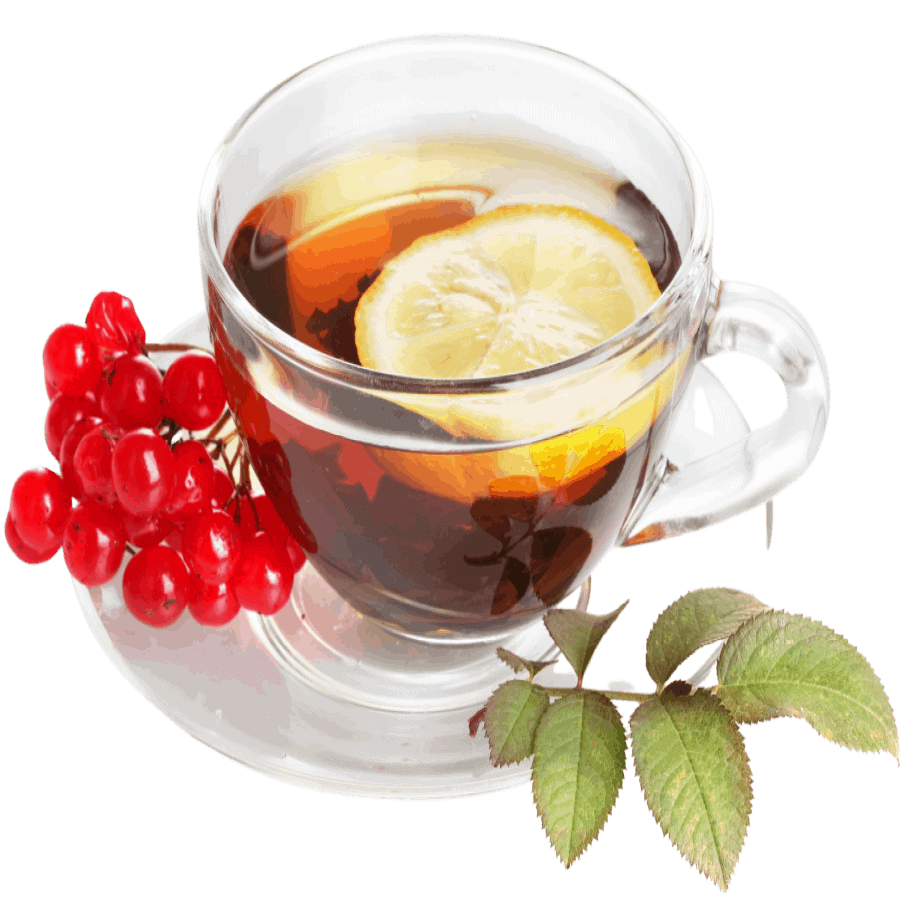Doc's Blog!
Getting the Gist on Three Amazing Ginsengs; Panax, American and Siberian.
There are three kinds of ginseng: Chinese ginseng, Siberian ginseng, and American ginseng. So, which one should you take? Let’s talk about it.
I’m Dr. Patrick Jones from The Homegrown Herbalist School of Botanical Medicine, and I want to discuss ginseng today. We have three types that people commonly use, and you’ve probably heard of them. One is Asian ginseng, often referred to as Chinese ginseng or red ginseng, which is also sold by its species name, Panax ginseng. The second type is Siberian ginseng, scientifically called Eleutherococcus senticosus. The third type is American ginseng, which is referred to as Panax quinquefolius. The roots are used for medicinal purposes across all three types of ginseng. Let me provide a brief overview of each one.
Panax ginseng is native to China and Korea, with some growth in parts of Russia. The name Panax comes from the Greek word panikos, meaning “cure all,” while “ginseng” is believed to stem from a Chinese word ren shen meaning “man root,” as the root often resembles a human figure, sometimes appearing to have arms and legs.
Siberian ginseng, known in trade as Eleutherococcus senticosus, is native to Russia, China, and Japan. The Latin name “eleuthero” means free or liberal, suggesting its abundant benefits. The term “coccus” means berries, and “senticosus” refers to thorns. So basically, the Latin name means the plant with berries and thorns that’s good for everything. In the 1980s they changed the Latin name of Siberian ginseng to Acanthopanax senticosus. The new name means the thorny cure all plant that’s thorny. It was approved by the department of redundancy department. Most in the herbal community still refer to it as Eleutherococcus senticosus.
American ginseng, as the name implies, is native to America, primarily growing in the Appalachian Mountains and around the Great Lakes. It is in the same genus as Panax ginseng but the species is Panax quinquefolius. This plant thrives in deep forest shade, which is why it prefers those regions. The name “Panax” also indicates its broad curative properties, and “quinquefolius” refers to its characteristic five leaves. The other two have five leaves as well…but anyway…
When it comes to their actions, all three types of ginseng have very similar effects. They are all adaptogens, meaning they relieve stress and help the body adapt to challenging conditions, helping to normalize stress hormones like adrenaline and cortisol. They enhance energy, endurance, resilience, and mental clarity. Additionally, they possess immune-stimulating properties, improve cognitive function, and have neuro-protective effects for brain injuries, such as post-stroke recovery or concussions. They also provide benefits for fertility, libido, and erectile dysfunction and can help lower blood sugar levels.
The question arises: why would you choose one over the others? The pros and cons don’t significantly relate to their effects or benefits but rather to the energy of the plants and the body’s response to them. From a safety perspective, Siberian ginseng is considered safe during pregnancy and lactation, whereas the other two types are not recommended for those circumstances. It’s essential to consult with a physician before taking any herb if you’re pregnant or nursing but, generally, Siberian ginseng is regarded as safe in these situations.
Moreover, Siberian ginseng is much more affordable than the other two types. For instance, a reputable herbal website currently lists Siberian ginseng at around $20 per pound, while Panax ginseng was priced at $300 per pound and American ginseng at $340. Thus, Siberian ginseng is significantly less expensive, which is an important factor to consider.
Despite all three types having beneficial impacts on the body, the intensity of their effects can vary. Panax ginseng might be likened to a general who kicks down your front door, barking orders, which can be fine for healthy young adults who need a strong boost. However, this intensity might be too taxing for those who are sick, elderly, or recovering from illness. In contrast, Siberian and American ginseng offer similar benefits but in a gentler manner, providing support without overwhelming the body. Siberian and American ginseng are more like the nice neighbor lady bringing soup and care to someone resting at home. They help manage tasks and improve well-being without demanding much from the individual. So, for someone who is elderly or recovering from an illness, Siberian or American ginseng might be the better choice.
Another interesting aspect of Siberian ginseng is that many people report improved sleep quality when they take it, even though it is a stimulant. Obviously you don’t take it before bed (unless you REALLY like counting sheep!) but folks who take it during the day almost always tell me they’re sleeping better. This occurs because it enhances brain function and neurotransmitter activity, supporting the body’s natural sleep mechanisms.
In summary, if you are looking for a vigorous energizing effect, Panax ginseng may be suitable, especially for active, young adults. However, for gentler support that is safe during pregnancy and nursing, Siberian ginseng stands out as an excellent choice. It offers similar benefits at a lower cost and is less taxing on the body.
For those interested in a deeper understanding of the ginsengs and their various uses, I encourage you to explore the resources at The Homegrown Herbalist School of Botanical Medicine, where you can find numerous lessons on a wide array of plants, including all three ginsengs. In fact we just put up an astounding, deep-dive monograph lesson on Panax Ginseng that will blow your mind.
Have a great day. If you’re not having a great day, take some ginseng. :0)
Doc Jones
Are you Ready to Take Your Herbal Education to the Next Level?
Consider joining the HomeGrown Herbalist School of Botanical Medicine. We dive deeply into Ginseng and other plants, their medicinal constituents, and how they interact with the body. Take control of your health and become an herbalist now!














Hi Doc Jones, some of the herb books on my shelf mention Siberian ginseng raising blood pressure. What are the effects of each type on blood pressure, and are there any caveats? Thanks!
Dear Doc Jones:
By the time I finished wrestling with my conscience, and decided that I really did need to get your Bunker Buster Herbal Medicine Kit, I had forgotten to put in the discount code, which would give me $200 off the original price.
If it is too late to rectify the situation, and I have paid full price, could you donate the discount to the hurricane relief efforts? If, on the other hand you recognized that this poor slob forgot to enter the discount code, so you entered it for her, “God bless us, every one!”
Thanks!
Rosemary Antunes, Retired Nurse
Hey Rosemary!
Shoot us an email at [email protected] with your order number and we can help you out!
Hi Doc, would this be suitable to take if you have pituitary insufficiency post tumour removal and on all the meds for that along with bp meds?
I’ve been taking it as part of an adrenal tonic for years and muscle testing and biofeedback machine all say it’s very good.
Besides the Siberian and Chinese Ginseng, it has oatstraw, Gingko leaf and licorice root in it.
PS. My niece thinks the world of you Doc Jones! We saw you at the Homesteading Conference this summer. She recently wrote to us and said she has a rooster she named Patrick Jones. 😄
Ever since Caroline had you on her podcast I have enjoyed your expertise in herbs. I could listen to you endlessly Thank you so much
We foraged American ginseng in the Appalachian Mountains of WV for the first time this fall. I’m tincturing it now. We harvested a small amount from a large patch because we’ve heard that ginseng is over-harvested in some areas…although it seems pretty abundant in our particular area. I am interested in using this ginseng personally, but I’ve been working with a friend of a friend and may include it in her herbal plan. She had a TIA about 7 months ago and she’s worried about having another one and the damage it might cause. She’s working with diet, exercise, keeping the blood nice and fluid, nerve health, reducing stress, and keeping her veins and arteries elastic in order to help control blood pressure. I think ginseng might be a good addition to her plan.
Thanks for the great info about the various ginsengs! God bless!
Hey Doc Jones. Hope you are having a blessed day. Thanks for this great video. How do you consume Eleutherococcus senticosus? Tea? Capsule?
It matters very little how we get herbs into our bodies. Have a look at this:
https://www.youtube.com/watch?v=gNDhJ36cHq4&t=340s
I appreciate all your time and knowledge that you share with us!